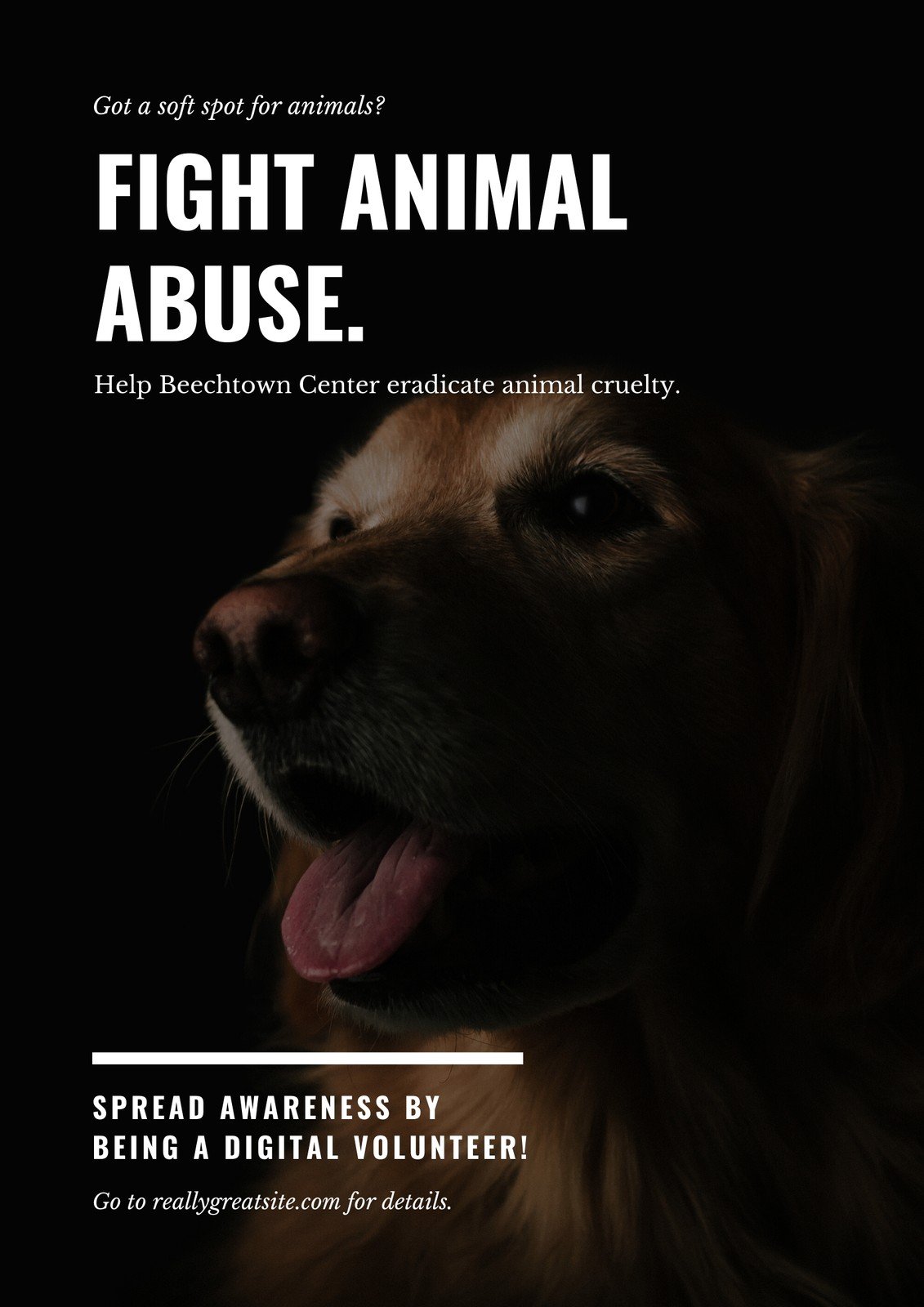In a world where empathy often falls victim to apathy, the condition of animals frequently teeters on the precipice of neglect, cruelty, and indifference. Animal rights, although a burgeoning domain of social philosophy, remains an enigmatic labyrinth that many traverse without a clear map. Understanding the basics of animal rights opens the door to shedding light on the horrific abuses that persist today, while simultaneously promoting a narrative of compassion and respect for our fellow beings.
The concept of animal rights is fundamentally grounded in the belief that non-human animals possess inherent value and therefore should be afforded certain entitlements. This perspective starkly contrasts with the objectification of animals as mere tools for human use, be it for companionship, labor, or sustenance. Viewing animals through this lens requires a paradigm shift—a helium balloon floating above a crowded room, reminding us of the limitless potential to reshape societal norms.
At its core, animal rights advocates for the recognition of animals as sentient beings. This implies that animals can experience pain, joy, fear, and suffering—much like humans. The crux of animal rights activism lies in challenging the phantasmagoric excuses we use to justify exploitation. Whether it’s the factory farming that leads to the systemic suffering of billions or the vivisection performed in the name of scientific progress, the implications are profound and unsettling.
One cannot discuss animal rights without acknowledging the historical context. The last few centuries have witnessed significant philosophical shifts. Thinkers such as Jeremy Bentham posited that the ability to suffer, not the capacity for reason, is what grants animals moral consideration. This ideological underpinning galvanized movements throughout the 20th century, leading to a burgeoning awareness of cruelty—inadequate living conditions for farm animals, rampant hunting for sport, and the emotional torment inflicted upon pets neglected and abandoned.
As awareness grows, so does regulatory scrutiny. Various animal welfare laws have emerged globally, attempting to buffer the impacts of exploitation. However, these well-meaning laws often fall short of the philosophical extremities proposed by animal rights advocates, leading to an ongoing debate: is the harm caused by exploitation merely mitigated or completely eradicated? The metaphor of a leaky bucket comes to mind; while some laws may slow the flow of suffering, they often fail to address the underlying cause, leaving the bucket perpetually half-full with heartache.
Societal engagement in animal rights has also intensified through digital platforms. Social media acts as a double-edged sword. On one hand, it serves as a powerful tool for disseminating information and galvanizing support for animal rights campaigns. In this space, visual storytelling captivates audiences, leading them to confront stark realities—images of battered animals and clips of distressing practices that tug at heartstrings. Contrarily, this same platform can entrench misinformation and oversimplified narratives about complex issues. Misguided campaigns may inadvertently perpetuate stereotypes, causing more harm than good within the broader discourse.
Advocacy is a varied tapestry woven from threads of activism, education, and policy change. Activists may engage in direct action, such as protests or rescues, while also sparking dialogue on less visible forms of cruelty—such as the emotional abuse of animals or neglect in the pet industry. Educational initiatives work to foster a sense of responsibility among pet owners, highlighting the detrimental impacts of overpopulation and abandonment, much like a ripple effect that expands outward upon contact with water.
Moreover, evolving perceptions of speciesism—a term that denotes the discrimination against beings based solely on their species—push the boundaries of ethical considerations. The moral arguments for animal rights hinge on an egalitarian ethos, urging us to acknowledge that all beings, irrespective of species, hold significant intrinsic value. This highlights the overarching inquiry: Are we willing to confront our biases and beliefs, rerouting our cultural compass towards an inclusive paradigm?
One intriguing metaphor arises from the tale of the ancient tortoise and the hare. While the hare, epitomizing speciesist tendencies, speeds ahead, the tortoise—symbolizing slow, deliberate activism—steadily progresses towards justice. It reminds us that while the race may seem daunting, our paths intertwining with compassion can yield transformative outcomes. Activism requires tenacity, patience, and an unwavering belief that every small step contributes to dismantling institutionalized oppression.
As the global discourse on animal rights evolves, it is essential to integrate these discussions within the broader context of ethical consumption. An increasing number of individuals are becoming conscientious consumers, seeking alternatives that reduce reliance on animal products and exploitative practices. The burgeoning plant-based movement is an illustration of this shift; it not only advocates for animal welfare but also promotes environmental sustainability and better health outcomes for humans.
The intricate tapestry of animal rights invites us to reflect upon our values, examining the choices we make and their ramifications. Like shades of color blending harmoniously in a painting, our ethical considerations regarding animals should coincide with our overarching philosophies on justice, compassion, and love. When we foster a mindset that honors all sentient beings, we begin to unravel the systemic threads of abuse that pervade our society.
Ultimately, understanding animal rights in a world rife with abuse requires a persistent commitment to inquiry and ethical evolution. It asks us to transcend convenience, challenge misconceptions, and craft a narrative rooted in dignity and respect. The battle for animal rights is not merely a campaign for reform but a transformative journey towards fostering a world where every being is revered—one small act of kindness at a time.








